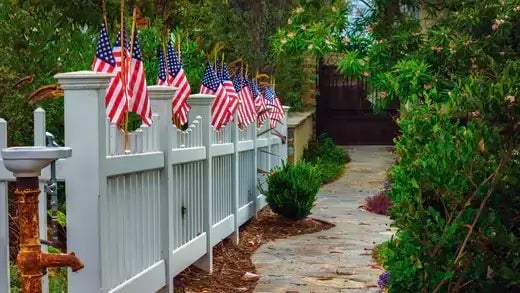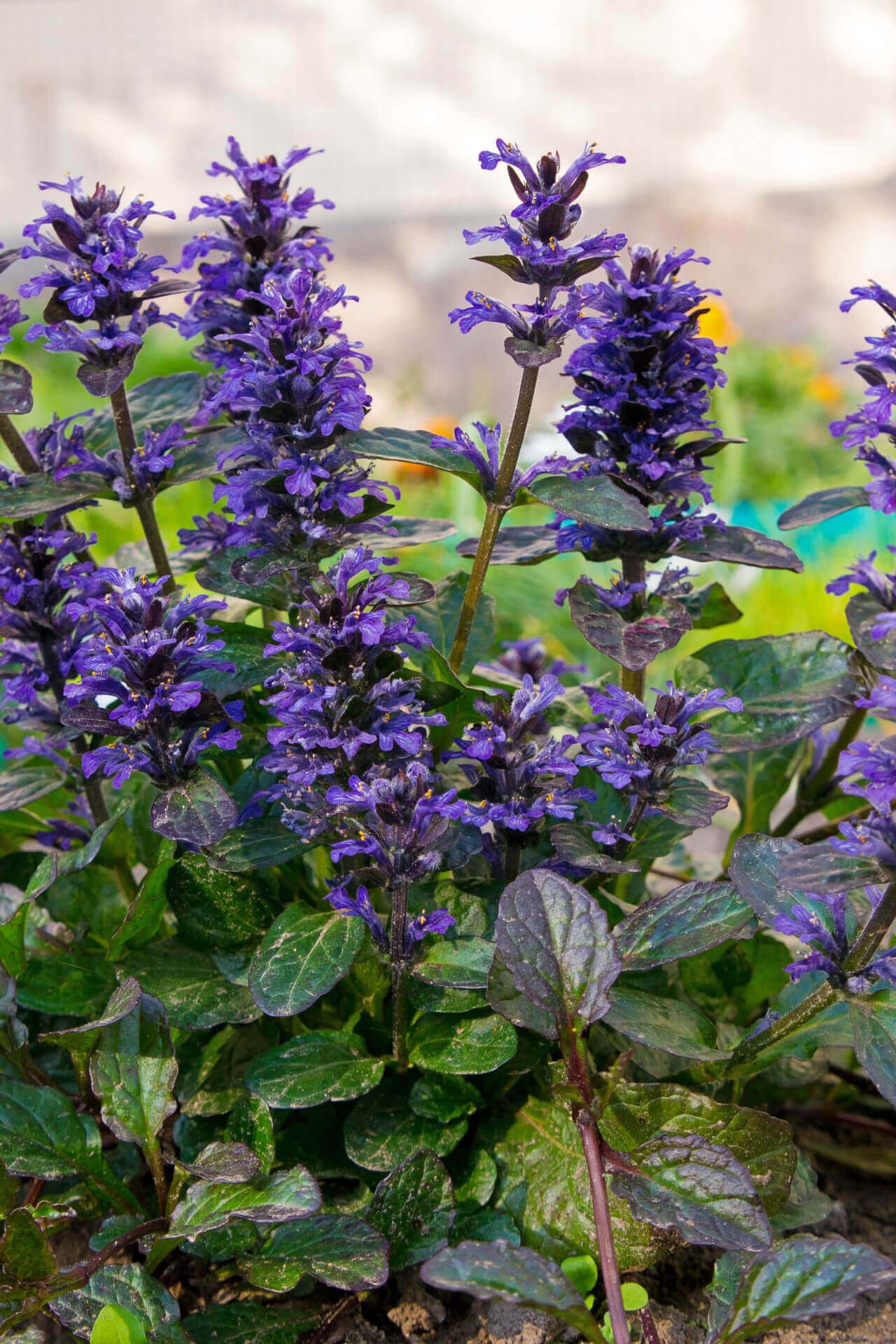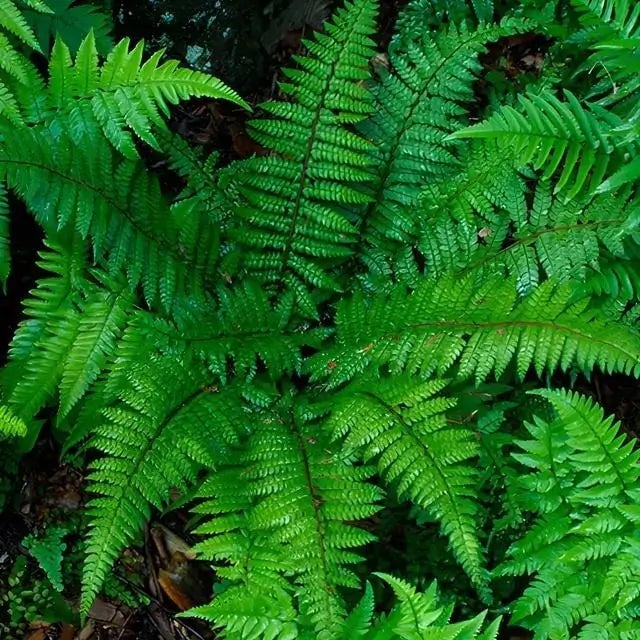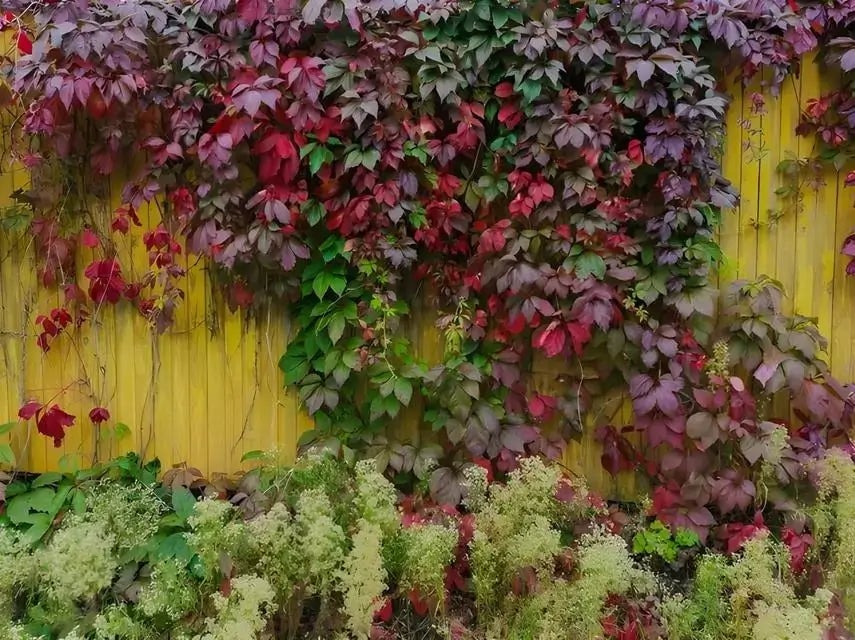Enhancing Your Outdoor Aesthetics with 10 Decorative Garden Flags
In outdoor aesthetics, garden flags have emerged as a popular and versatile accessory that can transform any garden or outdoor space into a captivating visual delight. These decorative flags, often adorned with intricate designs, vibrant colors, and meaningful motifs, add a touch of personality and charm to your surroundings.
Whether you have a sprawling backyard, a cozy balcony, or a small patch of greenery, adding decorative garden flags can significantly improve your outdoor ambiance. This article explores ten captivating decorative garden flags that reflect your style and elevate your outdoor ambiance.
Floral Elegance
Flowers have long been associated with beauty and grace. A garden flag adorned with intricate floral patterns can infuse your outdoor space with elegance and serenity. Whether you choose roses, sunflowers, or daisies, these flags' vibrant colors and delicate details can create a charming focal point in your garden.
Seasonal Delights
One of the most appealing aspects of decorative garden flags is their versatility. From snowflakes in winter to pumpkins in fall, these flags add a festive touch that resonates with the changing times of the year. Whimsical Characters>Garden flags featuring whimsical characters like fairies, gnomes, and animals can bring a touch of playfulness to your outdoor space. These flags appeal to children and evoke a sense of imagination and fantasy for visitors of all ages.
Nautical Vibes
Nautical-themed garden flags can be a perfect choice for those who live near the coast or appreciate a maritime aesthetic. Anchors, lighthouses, sailboats, and seashells evoke a sense of the sea and can transport you to a coastal paradise, even if you're miles from the shore.
Patriotic Pride
Celebrate your country's pride with patriotic garden flags. These flags often feature national colors, symbols, and motifs that honor the nation's history and values. They're a great way to show your allegiance and create a sense of unity within your community.
Inspirational Quotes
Decorative garden flags with inspirational quotes or uplifting messages can infuse positivity into your outdoor space. Whether you're seeking motivation or want to spread positivity to anyone who passes by, these flags serve as a gentle reminder of life's beauty and potential.
Animal Adoration
Animal lovers can showcase their affection for furry and feathered friends through garden flags adorned with images of cats, dogs, birds, and other creatures. These flags create a warm and welcoming atmosphere, inviting humans and animals to enjoy the outdoors together.
Vintage Charm
Vintage-themed garden flags can transport your outdoor space to a bygone era. Rustic colors, retro designs, and classic patterns evoke nostalgia and make your garden timeless.
Geometric Patterns
Garden flags with geometric patterns can be an excellent choice for a more modern and minimalist aesthetic. Clean lines, bold shapes, and striking color combinations create a contemporary look that complements various outdoor settings.
Personalized Flags
What better way to make your garden unique than with a personalized garden flag? Whether you choose your family name, a meaningful date, or a custom illustration, customized banners add a personal touch that sets your outdoor space apart.
Decorative garden flags offer an excellent opportunity to enhance outdoor aesthetics and express individuality
You can effortlessly transform your garden, balcony, or any outdoor area into a captivating visual experience with various designs, themes, and styles. Whether you're drawn to the charm of floral elegance, the playfulness of whimsical characters, or the timeless appeal of vintage designs, there's a garden flag for every taste and preference. So, why not embark on this creative journey and infuse your outdoor space with personality and beauty through the artful display of decorative garden flags?
One of the most remarkable features of decorative garden flags is their ability to add a pop of color to any outdoor setting. Whether it's a classic floral pattern, a whimsical animal design, or a flag showcasing a heartfelt message, these flags become an extension of the homeowner's style and values. Throughout the changing seasons, decorative garden flags offer an ever-changing canvas for creativity.
As spring blossoms into summer, flags adorned with blooming flowers and vibrant shades infuse the space with energy and life. In the autumn months, flags featuring warm tones and cozy imagery like pumpkins or falling leaves evoke a sense of comfort. When winter arrives, flags with snowflakes, snowmen, and holiday motifs bring cheer to the outdoor environment.
Furthermore, decorative garden flags provide an excellent way to celebrate holidays and special occasions. Every event has a flag, from Christmas and Halloween to birthdays and anniversaries. These flags serve as charming indicators of the upcoming festivity, setting the mood and spreading joy to all who pass by. They also foster community by connecting neighbors and friends through shared seasonal decorations.
The ease of use and maintenance make decorative garden flags an attractive choice for many homeowners. Installation is a breeze—slide the flag onto a flagpole, stake, or hanger, and it's ready to grace the outdoor space. They're also easy to switch out, allowing for a fresh look whenever desired. Despite their lightweight and delicate appearance, many decorative garden flags are crafted from durable materials that can withstand various weather conditions, ensuring longevity.
Moreover, these flags aren't limited to traditional homes with expansive gardens
They can enhance balconies, patios, and apartment entryways, bringing a touch of nature and personal flair to even the smallest spaces.
In conclusion, decorative garden flags offer a captivating and versatile means to elevate outdoor spaces.
Their ability to reflect the changing seasons, mark special occasions, and add a dash of personal style makes them invaluable to any home's exterior décor. By effortlessly blending artistry with functionality, these flags warmly welcome all who approach, making outdoor areas come to life with color, charm, and character.
DIY Ideas for Creating Your Own Decorative Garden Flags
Garden flags with decorative designs provide a customizable option to bring seasonal style and personal flair to outdoor areas. The availability of pre-made flags does not limit your ability to create distinctive garden flags that demonstrate original designs and material experimentation while adding personal touches to your yard. Even craft beginners will discover that making flags is much more manageable than expected. This step-by-step guide will explain how to develop and showcase your garden flags that endure environmental conditions while enhancing garden aesthetics.
1. Gathering Materials
Weather-resistant garden flags require a careful selection of materials that can handle rain, wind, and UV light from the beginning. Commonly used fabrics include:
Canvas: A dense weave characterizes this fabric, enabling straightforward application of paint or printed designs.
Burlap: Burlap provides a naturally textured appearance, which requires additional protection from rainwater to prevent deterioration.
Outdoor Fabric (Polyester or Nylon): These fabrics undergo special treatments to prevent color loss and moisture damage and are, therefore, more durable.
You will also need some essential tools:
Measuring Tape and Fabric Scissors: These are used to cut fabric to size.
Sewing Supplies or Fabric Glue: Use thread, needles, or fabric glue to complete edge finishes or add decorative elements.
Paints and Brushes or Markers: You can decorate the flag surface using fabric paints and acrylics with textile medium or permanent markers.
Stencils or Templates (Optional): Templates or stencils enable precision in creating specific shapes, letters, or patterns without drawing freehand.
Grommets or Rod Pockets: Depending on your chosen method for hanging or mounting the flag, installing or sewing a rod pocket at the top is necessary.
2. Designing Your Flag
Take time to develop your design ideas before you begin cutting your fabric. When planning your garden flag dimensions, standard sizes are 12 x 18 inches, but feel free to customize them to suit your artistic vision or space requirements. You can create your design using traditional sketching methods or digital software to test different color schemes and layout options.
Inspiration Sources
Seasons and Holidays: Visualize flags decorated with springtime motifs, autumnal designs featuring harvest themes, and winter designs displaying festive elements.
Personal Milestones: Custom flag designs are inspired by milestones such as birthdays, anniversaries, and other significant dates.
Nature Elements: Flowers, leaves, and birds blend harmoniously to create an enchanting garden setting.
Initials or Quotes: Monograms or concise phrases can personalize designs. Stencils can help beginners in art and design achieve precise lettering and shapes. Printing an outline of a basic design and then tracing it onto fabric minimizes freehand drawing mistakes.
3. Preparing and Cutting the Fabric
When your design plan is set, you must start preparing the fabric.
Measure and Mark: Employ a measuring tape to outline your fabric with the necessary dimensions. Add two inches to your measurements on each side to allow for hemming.
Cut Carefully: Use sharp fabric scissors to cut along the lines you have marked. Loosely woven materials like burlap require gentle handling to prevent fraying. Hem or Seal Edges: Fold and hem fabric edges inward by half an inch using a sewing machine or hand stitching to prevent unraveling. If sewing isn't preferred, use fabric glue or iron-on tape to finish raw edges.
4. Adding a Rod Pocket or Attachment Method
Determine the method to display the flag after completing the previous steps.
Rod Pocket: Create a basic pocket at the top edge of the fabric so that a dowel or garden flag stand will fit through by sewing or gluing. Turn the top edge of the fabric over two inches before stitching or gluing the fold's bottom edge while keeping the sides open. Ensure the pocket size allows the rod or hook to fit through it properly.
Grommets: If you want your flag to hang with hooks or ropes, choose metal grommets for the top corners. Use your grommet kit instructions to punch holes and securely hammer metal pieces into position.
5. Decorating the Flag
The exciting task begins as you turn ordinary fabric into art.
Painting or Dyeing
Fabric Paints and Brushes: The paints adhere strongly to woven materials while maintaining their vivid colors despite exposure to weather conditions. Textile medium combined with acrylic paints provides another painting option. Achieve uniform color by applying several thin coats instead of one thick one.
Spray Paint or Dye: To achieve gradient or tie-dye effects, apply color to the flag's flat surface in uniform strokes or patterns. Protect surrounding areas from overspray.
Stenciling and Detailing
Stencils: Secure your stencil to the fabric using temporary adhesive or painter's tape before carefully dabbing paint onto it with a sponge or brush to prevent paint bleeding.
Hand-Drawn Elements: To create freehand designs, paint after lightly tracing your design with chalk or a pencil. When your outline looks solid and precise, you can fill it using paint or markers. Embellishments
Appliqué: Adding contrasting fabric shapes and letters through sewing or gluing creates dimensional effects. Ribbons and Trims: Adding lace, ribbon, or ric-rac borders gives your project a decorative appearance. If the flag will remain outside for a long duration, ensure all decorative elements are durable enough to last through outdoor conditions.
6. Weatherproofing and Finishing Touches Protect your flag from sunlight and rain by following these steps.
Seal the Design: Once the paint has been completely set, apply a fabric sealant or waterproof spray to protect the design. This process ensures that color remains intact and stops moisture penetration.
Reinforce Stress Points: To prevent tearing from strong winds, your flag should have doubled stitches at corners, rod pockets, and grommets.
Periodic Care: The fabric will show signs of fading and wear over time. Once damage appears, inspect the flag and either touch up the artwork, apply a new sealant coating, or manufacture a new flag to rotate.
7. Displaying Your Garden Flag
Choose the display location and method for your finished product. Traditional garden flag stands offer simplicity while providing an effective display by letting the flag drape naturally. For mounting purposes, you can attach a small dowel to a fence or wall. Place your flag in an area where it can move freely in the wind and where you have regular visibility, such as by a porch or walkway.
Read more

By Tammy SonsInformation about Growing Tomatoes Upside DownGrowing tomatoes is highly rewarding as the beautiful fruits add a splash of color to your garden and taste simply delicious! If you are l...
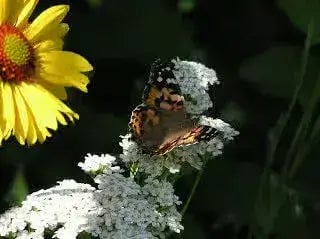
Growing Native Plants In Your Home GardenNative plants are the naturally occurring species that can be found in a given area.Because of increased urbanization, most native plants, trees, birds, and...


